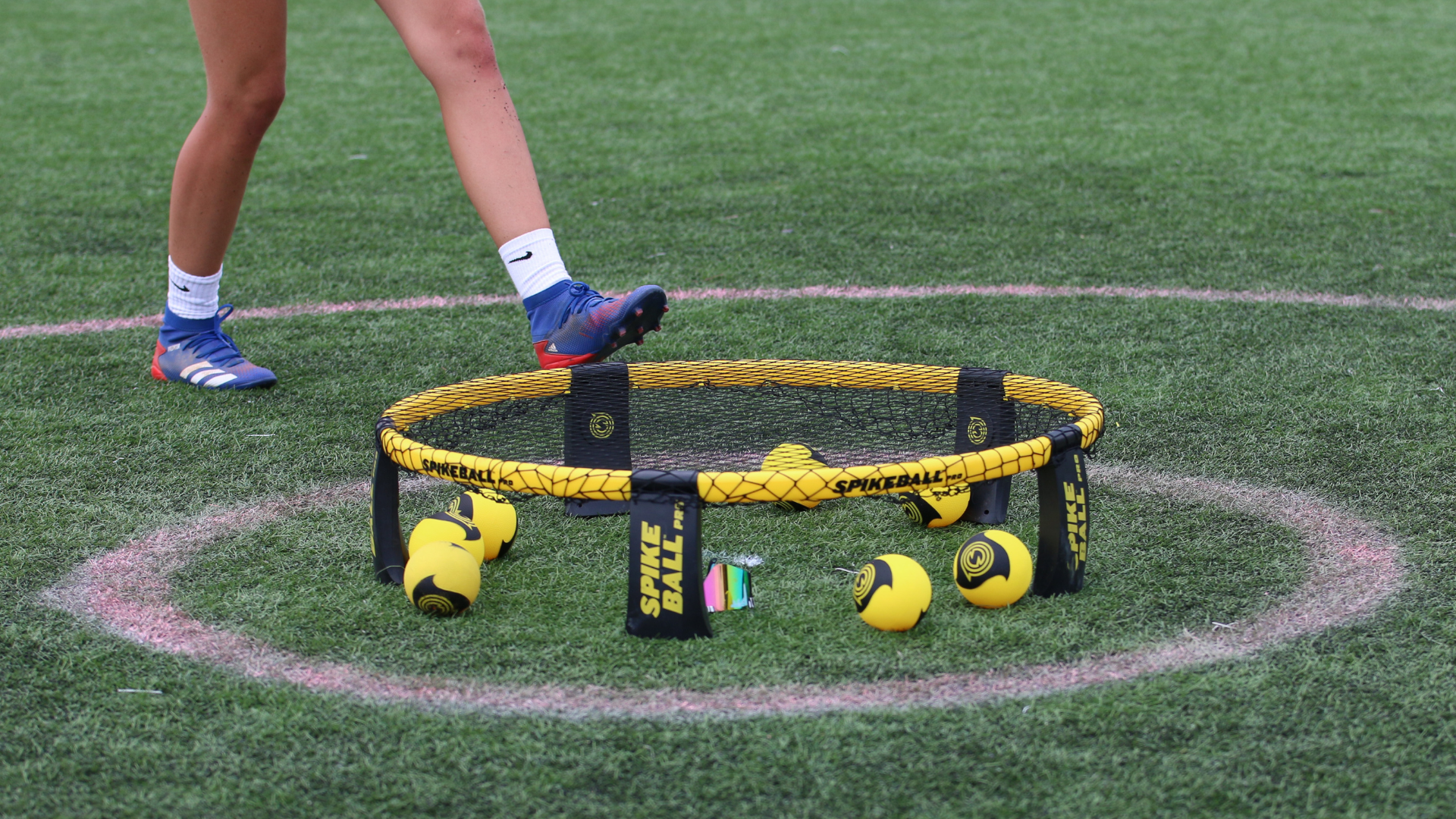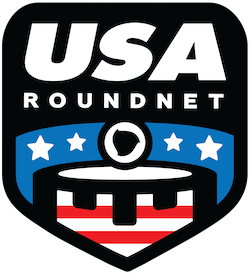
NORTH AMERICAN Rules
OVERVIEW
Latest Revision: January 1, 2025
These rules were adopted by USAR members and further ratified by all three North American NGBs (Canada, Mexico, and United States). These rules are intended to build upon existing International Roundnet Federation rule sets and support the advancement of the sport. For 2025, this initiative will be used as a baselin rule set side-by-side with the IRF’s Roundnet Rule Revolution. Read the full announcement here.
CORE VALUES
USAR is in strong alignment with the IRF on shaping rules to support and advance the sport of roundnet. To that end, it’s imperative to highlight the following core values that guided our approach to updating the rules:
Attract spectators & athletes
Promote player safety
Honor the sound traditions of the sport
Create balance between all aspects of the game
In addition to these values, we also prioritized clarity and structure within the ruleset. Therefore, some rules have a new home address in our ruleset compared to previous rulesets.
2025 Updates
These key updates are summarized through the 2024 Rules Referendum for members, as well as revisions made at the global scale in the summer of 2024 by the International Roundnet Federation.
2022 updates
Though the full document is only twenty pages, here are some of the key differences and context around the need for a revision.
Serving and Footwork: Clarification of the definition of a step and pivot in the context of legal serves
“4.4.4. One step is allowed on a serve. A step is defined as a moment where a foot no longer maintains a pivot on the ground. If the server begins on one foot, then they begin their serve mid-step. For all other movements, the server must maintain a pivot.
4.4.4.1 A pivot is defined as a continuous point of contact with a single spot on the ground; this is not a body part, but rather an infinitesimally small point on the body, e.g. the tip of a player’s toe. For example, sliding a foot on the ground or shifting weight so as to lift the toe and heel of the same foot are illegal.”
Initiating the Serve: The receiver is now part of the serving process to ensure receiver readiness and establish a clear start to the five-second serving time limit.
“4.5.1. All players must set their feet centered over their correct position (rule 3.8.2, exception rule 3.8.4). Before serving, (1) the server announces the score to the receiver, placing the serving team’s score before the receiving team’s score and the serve number (“first” or “second”), (2) the receiver must immediately verbally acknowledge readiness (i.e. within three seconds), and (3) the server must immediately announce “service” (i.e. within three seconds). After announcing “service,” the server has five seconds to toss the ball. Any delays in this process are subject to a delay of game violation (rule 3.10).
4.5.1.1. An incorrect score call may be identified by any player to reset the serving process. If, however, the server calls a score later determined to be incorrect but steps (2) and (3) are followed, the point is live. Any other deviation from the process described in 4.5.1 will nullify any serve.
High Serves: If the ball rises above the receiver’s shoulder before it passes them, it’s a fault—even if the ball lands directly in front of them. No more broken ankles on speedy serves into the back pocket.
“4.6.9. Every part of the ball is over the highest point of the receiver’s shoulders at any point from when the ball contacts the net to when the ball passes them.”
NEW! Carries Allowed on All Touches: One step beyond the IRF provisional rule on carries for first touches, USAR is moving to allow carries on all touches and will redefine an illegal contact to be a catch. Allowing carries on all touches reduces ambiguity on a legal touch of any kind during the point.
“4.4.6. In the act of serving, the ball must not be caught.
4.4.6.1. A catch happens when the ball comes to rest on any part of the player.”
“5.3.2. The ball must not be caught.
5.3.2.1. A catch happens when the ball comes to rest on any part of the player.”
Hinders around the No Hit Zone: Hitter-defender collisions are just not worth it.
“5.6.2.2.1. If the player is unable to avoid the No Hit Zone due to the proximity of an opponent, the hinder (Chapter 6) by the defender precedes a No Hit Zone violation by the hitter.”
Other Updates to Review:
3.7. Determining Serving Team, Receiving Team, and Starting Positions
3.10. Time Between Points
7.3. Forms of Misconduct
7.4. Misconduct Remediation
Note on Chapter 9, Observers and Officiating: Guidelines will be published soon from the USAR Officiating Committee.
Note: Full markup reflecting “all carries legal” in progress; page count will vary due to markup
Additional Information
In particular, some revisions carry a lot of weight. This context is for the entire USAR community to better understand how we got here and how you can play a role moving forward.
On Carries: USAR legalizing carries on all touches
This reduces ambiguity by allowing carries on all touches and redefining an illegal contact to be a catch
In the current meta, there is a variable range of leniency across serves, serve receives, sets, and hits, and this should reduce confusion on calls while improving the state of the sport
On the New Serve Process: We recognize this change will take some getting used to but is an important step to push the sport forward
Under the old pre-serve process we conflated two factors: receiver readiness and score agreement. This led to a loophole where if the server mis-called the score, the receiver could wait until after their first touch to decide whether or not to call off the play and redo it. While this sounds minor, players often abused this rule to get a free redo after a bad first touch (or a no-touch ace).
The update to 4.5.1 breaks up score calling and receiver readiness into separate steps to make sure players have time to first acknowledge the score, ready up, and then serve
Additionally, this revision clears up the time limit for serving; previously, the server had to call the score, pause (for up to two seconds), and then toss the ball within five seconds — this timeframe was previously too ambiguous to measure due to the implicit pause, now resolved by the word “service” clearly kicking off those five seconds
Future Rules Revisions:
Will there be more changes to the ruleset in 2022? If necessary, yes. To that end, USAR will be eager to include members in that process. USAR is excited to involve our community in the rule change process moving forward to help ideate, test, and provide feedback to our work process. This concerted effort will push the sport forward on the national and international scale. For more details on that approach, you can read more here.
credits
A big kudos is in order for our Rules Committee: Dan Abrams, Ezra Dantowitz, Fredric Hinkle, David Louis, and Ryan St. Denis. Revising an official ruleset for a growing sport is no small feat. We’re incredibly thankful for the hard work they’ve put in for the future of the sport.
If you have any feedback or suggestions for the Rules Committee, please share it below.

